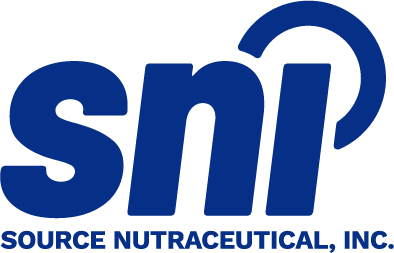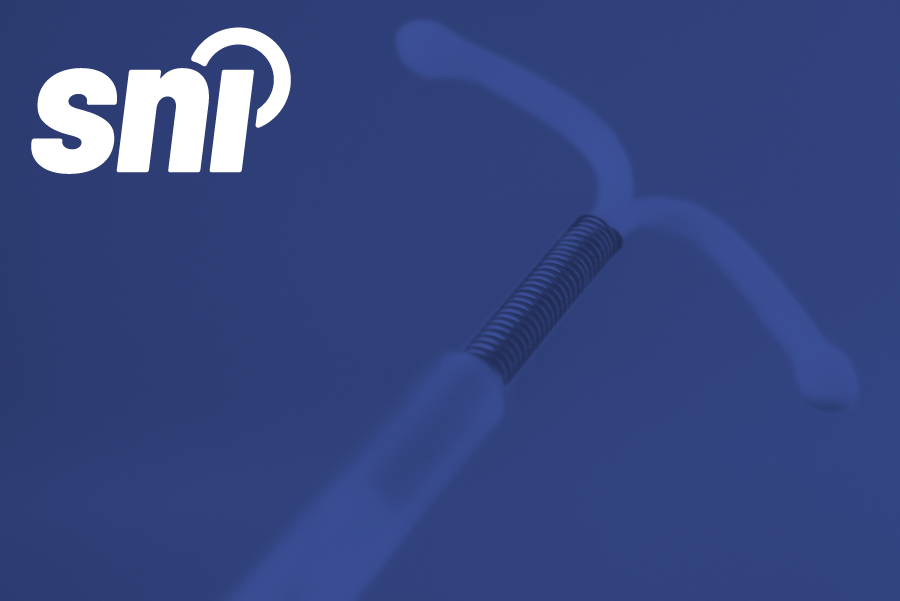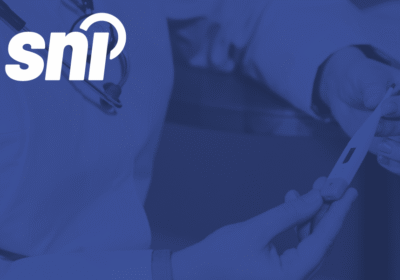
The process of bringing contraceptive medical devices to the Canadian market involves navigating a clearly defined but often complex regulatory framework. Products such as intrauterine devices (IUDs), diaphragms, condoms, and contraceptive sponges are considered medical devices and are regulated by Health Canada under the Medical Devices Regulations.
This overview outlines the essential elements of the licensing process and serves as a prelude to our in-depth guide, which will explore each stage in greater detail.
Risk Classification: The Foundation of Compliance
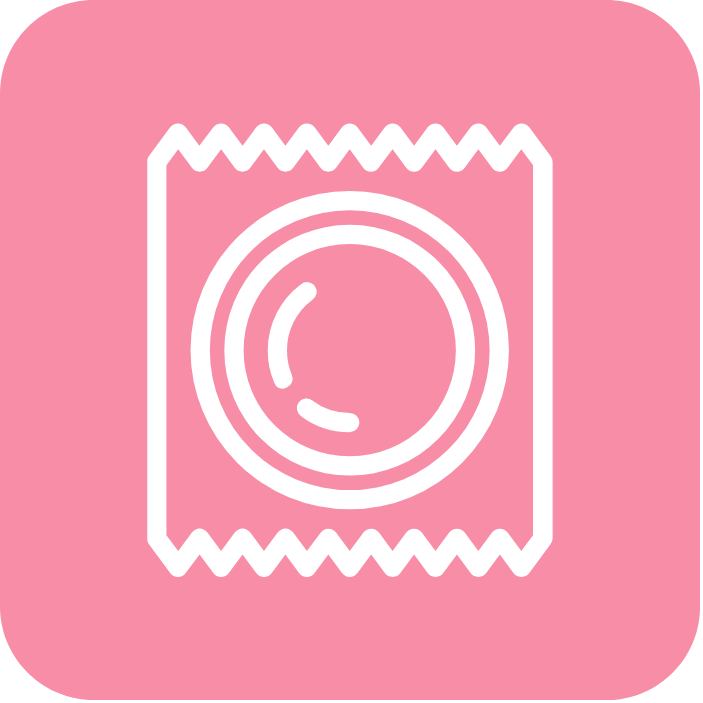
Health Canada uses a risk-based classification system to regulate medical devices, ranging from Class I, which represents the lowest risk, to Class IV, which represents the highest. Most contraceptive medical devices are classified as either Class II or Class III.
- Class II devices, such as condoms, diaphragms, and contraceptive sponges, are typically single-use and available over the counter.
- Class III devices, including copper and hormonal IUDs, are surgically invasive, remain in the body for an extended period, and are available only by prescription.
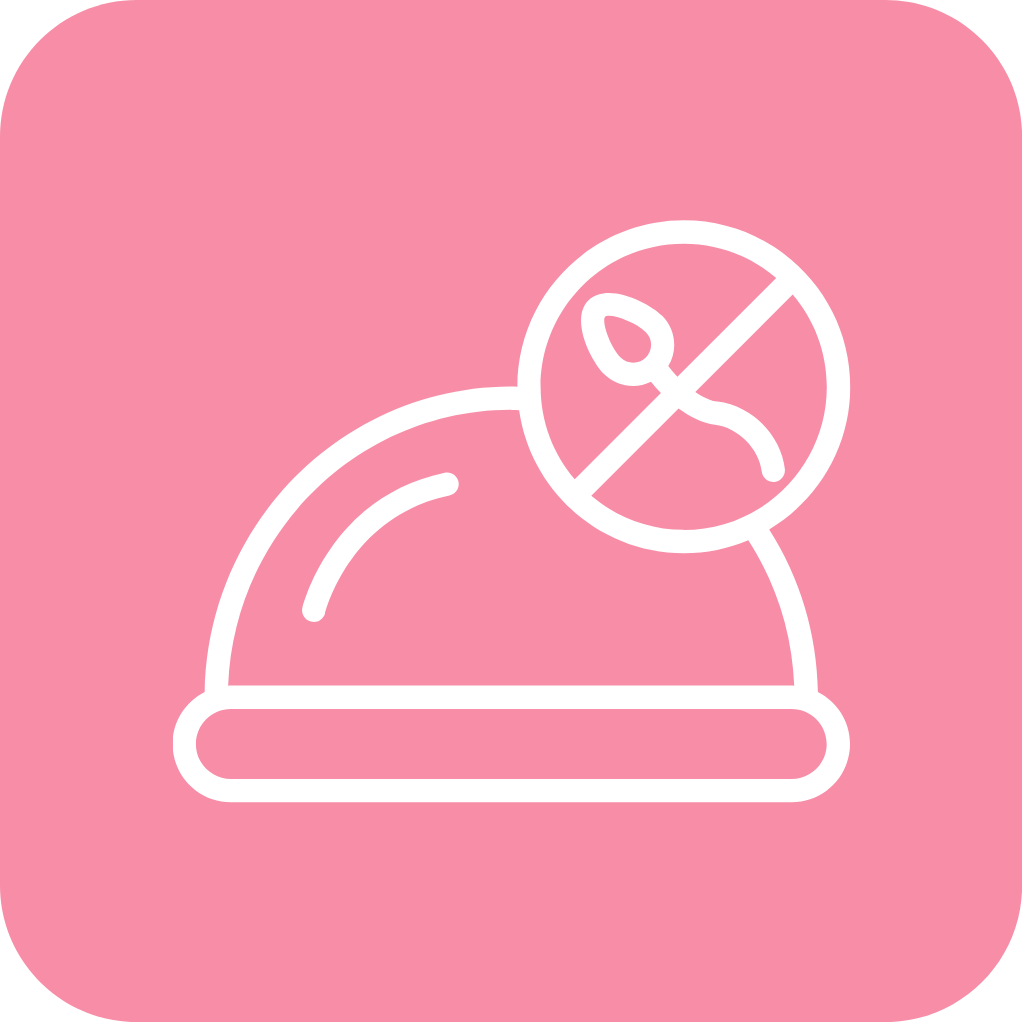
Determining the appropriate classification of your product is a critical first step. It influences the level of evidence required, the scope of Health Canada’s review, and the applicable post-market responsibilities.
Licensing Requirements: What’s Involved?
To market a Class II or III contraceptive device in Canada, manufacturers must submit a Medical Device Licence Application (MDLA). This application includes:

- A detailed description of the device and its intended use
- Bilingual labelling and instructions in both English and French
- Clinical or performance evidence demonstrating safety and effectiveness
- ISO 13485 certification for the manufacturer’s quality management system
- Risk management documentation consistent with ISO 14971
In addition to the MDLA, companies involved in manufacturing, importing, or distributing medical devices generally require a Medical Device Establishment Licence (MDEL). However, a manufacturer based in Canada that sells Class II or III devices directly to end-users may not need an MDEL if they do not import products or distribute through third parties.
After Approval: Post-Market Responsibilities
Licensing the device is only the beginning. Once approved, companies are responsible for maintaining compliance through a post-market quality system. This includes:
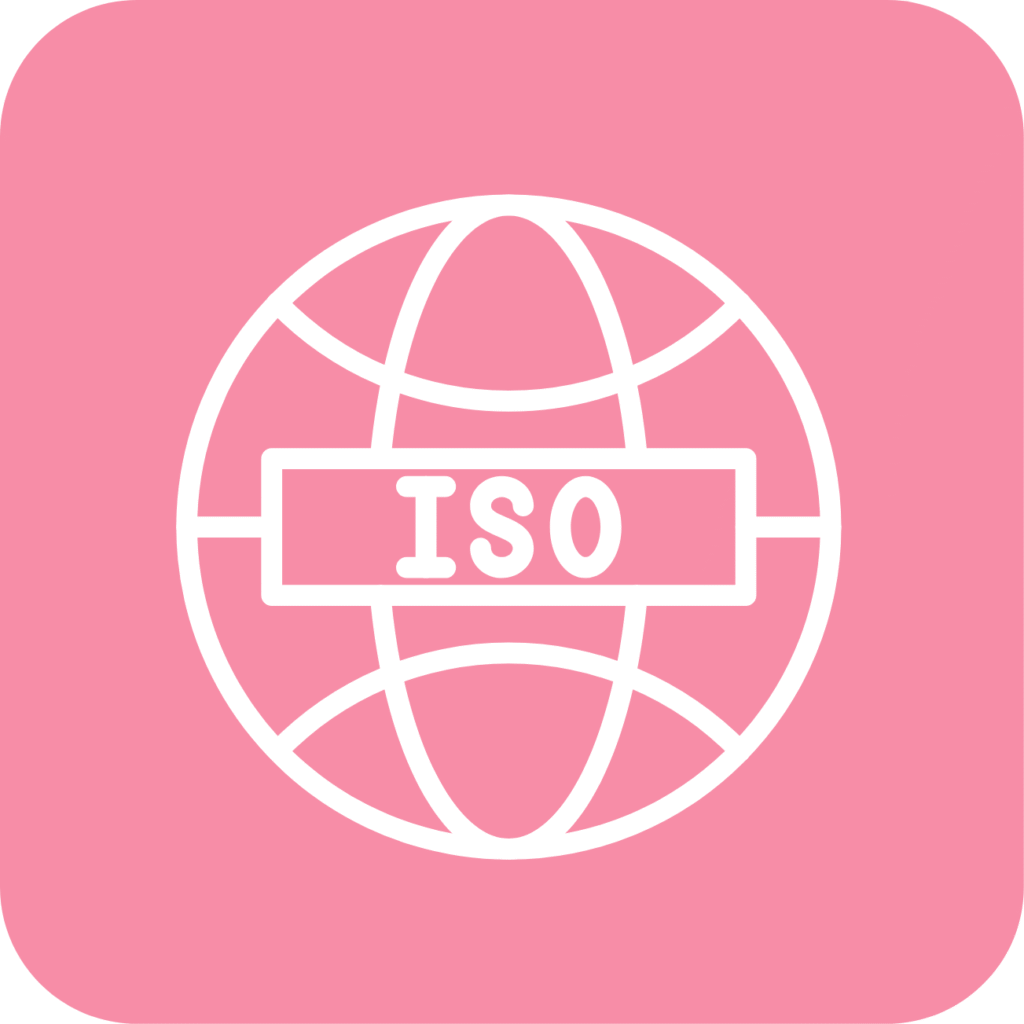
- Monitoring and reporting adverse events
- Maintaining up-to-date records of product performance and complaints
- Renewing the MDL and MDEL annually to remain in good standing
- Conducting internal audits as part of ISO 13485 quality system maintenance
It is worth noting that internal audits are a requirement under ISO 13485 and are not a separate mandate from Health Canada.
Proper labelling also remains essential. Labels must comply with the requirements outlined in Section 21 of the Medical Devices Regulations and provide clear, bilingual instructions that support safe and effective use.
Looking Ahead
This summary offers a high-level view of the regulatory pathway for contraceptive medical devices in Canada. For a deeper look at classification, submission strategy, evidence requirements, and Health Canada’s review process, watch for our full-length guide coming soon.
Manufacturers and importers entering the contraceptive market in Canada should be well-prepared and fully informed. SNI provides expert regulatory support tailored to the contraceptive device category to help you achieve compliant and confident market access.
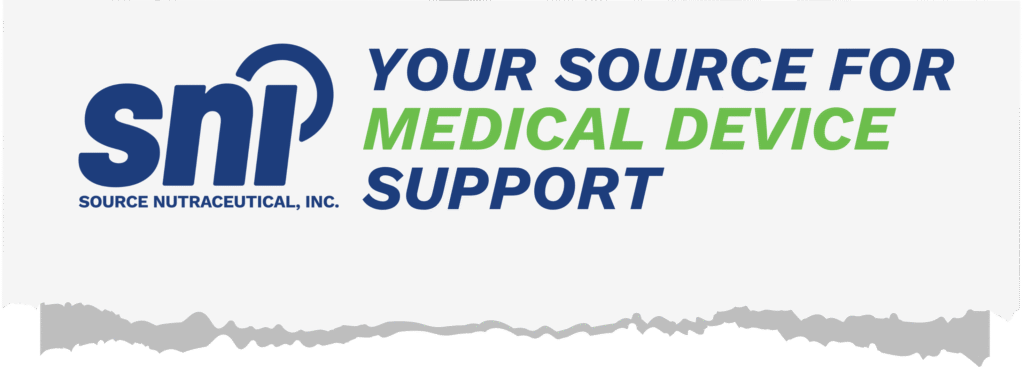
Bring your contraceptive device to market in Canada with confidence by choosing SNI for complete support across regulatory compliance and clinical validation. Our team guides you through Health Canada’s Medical Device Licence (MDL) and Establishment Licence (MDEL) processes, ensures bilingual labelling compliance, and helps maintain ISO 13485 quality systems.
In addition, the SNI Clinic provides full-service clinical trial support, including protocol development, participant recruitment, trial management, data analysis, and regulatory approvals. With both regulatory and clinical expertise under one roof, SNI helps you streamline compliance, build a strong evidence base, and accelerate your path to market.
🩺 More about our services here.
💡 Compliance is easy with the right support!
📩 info@sourcenutra.com
⬇️ Send us a request for support or an introductory call
FAQs
What’s the difference between a Medical Device Licence and an Establishment Licence in Canada?
A Medical Device Licence (MDL) is required for Class II, III, and IV devices and focuses on the safety, effectiveness, and intended use of the product. An Establishment Licence (MDEL), on the other hand, is required for companies involved in manufacturing, importing, or distributing medical devices and confirms their compliance with regulatory and quality system requirements.
How can I determine if my contraceptive product is classified as a medical device or a drug?
The classification depends on how the product achieves its primary intended effect. Physical methods like condoms or IUDs are typically considered medical devices, while hormonal methods such as pills or patches are classified as drugs. The route of administration and mode of action are key factors that Health Canada uses in making this determination.
Are clinical trials always required for licensing contraceptive devices in Canada?
Not always. For lower-risk devices such as condoms or sponges (Class II), existing performance data or literature may be sufficient if the product is equivalent to already licensed devices. However, higher-risk devices like IUDs (Class III) usually require clinical data to demonstrate long-term safety and effectiveness.
What are some common reasons contraceptive device submissions are delayed or rejected?
Delays often occur due to incomplete applications, insufficient clinical evidence, or labelling that does not meet Canadian regulatory requirements. In some cases, not providing timely responses to Health Canada’s requests for additional information can also extend the review timeline or result in refusal.
Is bilingual labelling required for all contraceptive devices sold in Canada?
Yes. All medical devices, including contraceptive products, must include bilingual labelling in both English and French. This includes product instructions, warnings, indications for use, and any other information necessary for safe and effective use, regardless of whether the product is sold over the counter or by prescription.
The content on this website, including information presented in this post, is provided for general informational purposes only and does not constitute legal, regulatory, or professional advice. While efforts are made to ensure accuracy, laws and regulations vary by jurisdiction and may change over time. Readers should not rely on this information as a substitute for advice from qualified legal or regulatory professionals. We disclaim any liability for actions taken based on this content, and users are encouraged to seek guidance specific to their circumstances.
